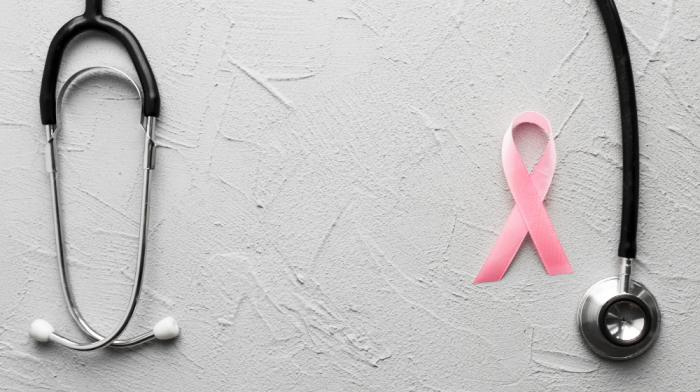
For many women, the guidelines for breast cancer screening, from the best age to start to understanding risk factors, can seem frustratingly muddy. An Church, MD, Breast Imaging specialist at M Physicians and Assistant Professor at the U of M Medical School, says the most important thing to know is that screening saves lives.
The first study in mammography is from 1965, so there’s an abundance of data showing the effectiveness of mammography in detecting breast cancer early. Since mammograms became common practice in the 1980s, there has been a 30 to 40% decline in breast cancer deaths in the U.S.
“We debate a lot of things, but it’s hard to debate that death from breast cancer has dropped significantly,” Dr. Church says.
Screening Guidelines
Dr. Church says that a woman at average risk of developing breast cancer should start getting annual mammograms at the age of 40, according to the American College of Radiology, the guiding organization for mammography. But why do some organizations recommend waiting until age 50?
Two things are known for sure when it comes to breast cancer risk: risk is higher in women than men and increases with age. Knowing this, some organizations have chosen to compare data from women ages 40 - 49 to data from women ages 50 - 75 to conclude that mammography is more beneficial after age 50 and thus shouldn’t be done in one’s 40s. When segregating the data this way, Dr. Church says it makes sense that it would appear mammography is more beneficial to the older group.
“But it’s impossible to refute that the data also shows mortality has decreased for the age group 40 - 49 with regular screening,” she elaborates. “So we follow that guideline for patients at average risk.”
Determining Risk
Average risk means someone has a calculated lifetime risk for developing breast cancer of about 12%. High risk individuals are those calculated at 20% or higher and are encouraged to undergo enhanced breast cancer screening that includes MRI. Dr. Church says that risk is determined by a number of personal factors, and encourages all patients to have this discussion with their primary care physician. If a patient is suspected to be at elevated risk, then they’ll be referred to a genetic counselor, who can advise which type of breast cancer screening and age of initial screening for the patient.
“You’ll sit down with a genetic counselor, and they’ll go over your personal history, such as when you got your first period, if you have kids, known family history, etc., to determine a personal risk profile for the patient,” Dr. Church clarifies.
From there, if the patient qualifies, the genetic counselor will offer genetic screening, which involves a blood test.
There are some general rules of thumb for high risk individuals. If a woman had radiation to her chest to treat lymphoma before age 30, screening should begin eight years after treatment. If she has a first-degree family member diagnosed with breast cancer, screening should begin ten years prior to the youngest age of diagnosis. If a patient tests positive for a genetic mutation like BRCA, screening should begin at age 25 or the time of first discovery. However, this is all subject to the patient’s personal risk profile and the guidance of their care team.
Types of Breast Screening
Mammography is the standard of care for breast cancer screening. Studies have shown that the addition of breast MRI to mammography is the most sensitive combination for the detection of breast cancer and is the standard of care for patients at high risk. Some facilities use ultrasound or contrast mammograms for women at intermediate risk. Because the use of these tools is based on a combination of patient factors, including age, patients are encouraged to have this discussion with their physician.
Abnormal Mammogram
Receiving an abnormal test result can be very scary, but Dr. Church encourages women not to worry if they see the word “abnormal” on their mammogram results.
“That word ‘abnormal’ is driven to satisfy our medical audits,” Dr. Church explains. “Breast centers are audited by the FDA every year and by the American College of Radiology every three years. We need a way to count up the number of studies that were called ‘abnormal.’”
Mammograms see things that are extremely small, and may pick up on changes in the breast that are completely normal. In the case of receiving an abnormal result, the patient will be asked to return for some additional imaging.
“We just need more data to prove whether what we see is really abnormal and suspicious for cancer or normal changes that we couldn’t figure out from just two pictures of that breast during a screening appointment,” says Dr. Church. “After a diagnostic workup, which just gives us an opportunity to look a little closer, we often find that it’s normal changes.” The goal is to find cancers when they are small.
If further imaging finds that the spot continues to look suspicious for cancer, the breast imaging team will guide the patient through the needed breast biopsy.
Resources
Ultimately, there are a plethora of resources out there about breast cancer and breast screening, and it can be difficult to sort out what is good information and what is not. Dr. Church says that she always recommends speaking with your doctor if you have specific questions. Here are some additional resources that she recommends for more general information: